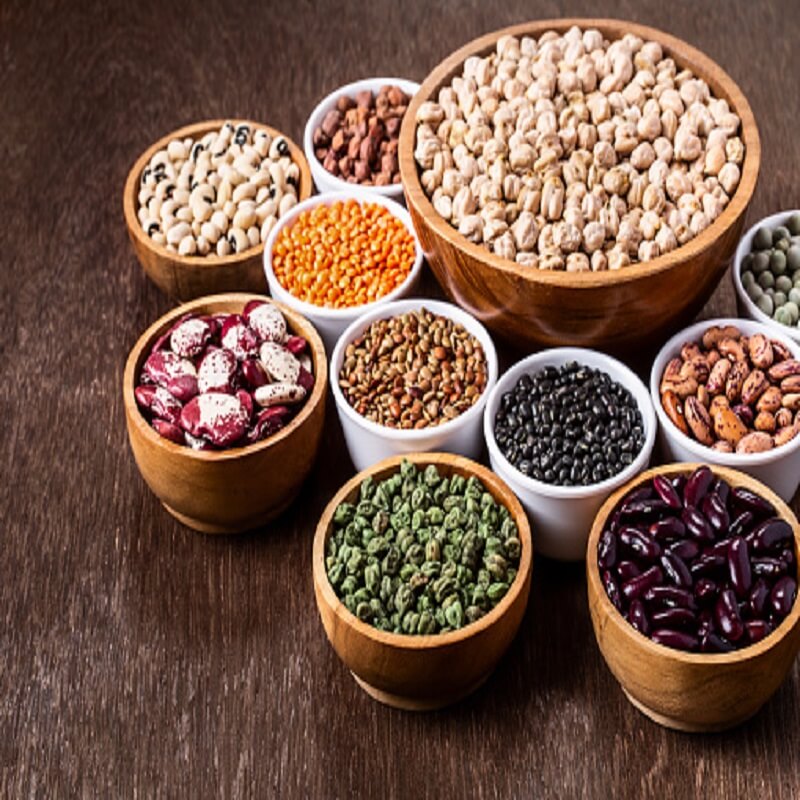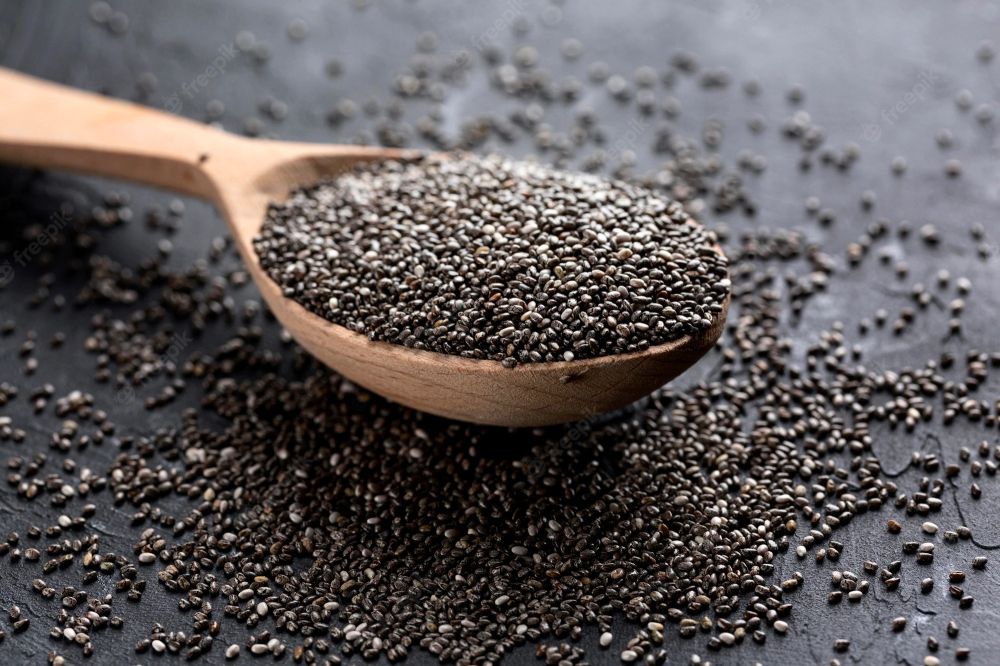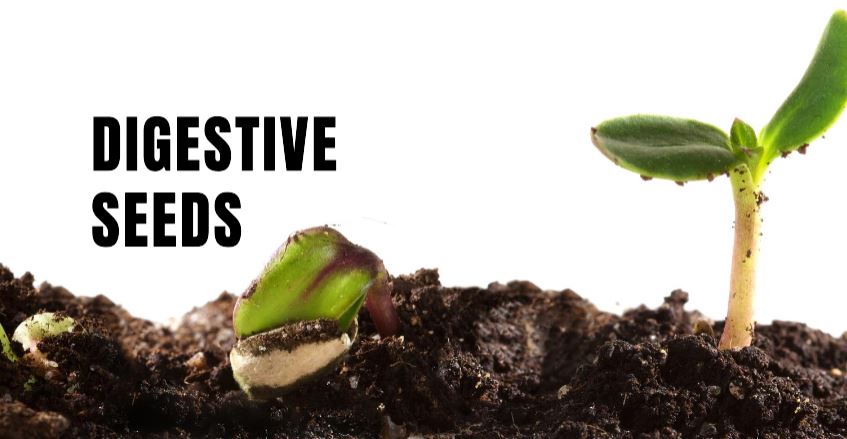Legumes are a food family that comprises peas, lentils, beans, and more. Legumes are not only known to be a nutritional powerhouse but are also inexpensive, easily available in stores, and versatile to be used in a variety of dishes. Legumes offer nutrition in a form that is highly storable, delicious, and inexpensive.
Legumes form a part of the Leguminosae or Fabaceae family. The Harvard T.H. Chan School of Public Health says that the terms “pulses,” “beans” and “legumes,” can be used interchangeably, however legumes refer to the complete plant (which includes the stems, leaves, as well as pods) while pulses are the edible seeds (like peas, lentils, and beans).
What are the Various Types of Legumes?
Adzuki beans (aka red beans)
Vigna angularis, or adzuki beans, aduki bean, azuki bean, red mung beans, or red beans, are annual vines that are extensively cultivated all across East Asia for their small (nearly 5 mm) bean. The cultivars generally have red color, but are found in gray, black, white, and mottled varieties.
Adzuki beans are primarily cultivated in China, Japan, South Korea, and Taiwan. These beans are cultivated commercially in South America, India, New Zealand, the US, Angola, and Congo. In Japan, these are the second most significant legumes after soybeans.
Anasazi Beans
Anasazi beans are ancient heirloom beans known for their deep white and reddish-brown spotted appearance. When they are cooked, they give a mildly sweet flavor and then turn pink. Anasazi beans are called by different names in different regions. For instance, sometimes they are called New Mexican Cave bean, Jacob’s Cattle, or New Mexican Appaloosa.
Anasazi beans contain high levels of lectin and are known for their anti-tumor, antibacterial, immunomodulatory, and antifungal abilities. These beans contain high levels of minerals such as folate, manganese, phosphorus, iron, and potassium. Because these have significant levels of dietary fiber, they help enhance digestive health. These also help augment the number of “good” bacteria within the gut.
Black-Eyed Peas
Black-eyed peas or black-eyed beans are legumes that are grown worldwide for their edible medium-sized bean. These are a part of the cowpea family, which is an Old-World plant grown in Africa.
The commercial variety is commonly known as the California Blackeye; which is pale with a notable black spot. The American South has numerous varieties, with the majority of these heirlooms coming in various sizes from small to very large lady peas. The color of the bean’s eye may be brown, black, pink, green, or red. These peas are generally green when they are freshly shelled and when they are dry, are usually buff or brown. Black-eyed peas help enhance the absorption rate among certain individuals considering their high fiber content, which facilitates customary solid discharges. It further comprises prebiotic fiber, which supports the microscopic organisms within the intestinal system.
Edamame
Edamame is a group of immature soybeans within the pod that is found in a variety of cuisines, originally from East Asia. The pods are steamed or boiled and can be served with various condiments like salt.
In Japan, edamame is typically blanched in saltwater. When outside the pod, mukimame is a term generally used in Japanese. Edamame has significant levels of several minerals and vitamins along with fiber.
Fava Beans
Fava beans, also called broad beans, are springtime crops that are cultivated and consumed all over the world. Fava beans were grown back in 6000 BCE as well and were consumed by the ancient Romans, Greeks, and the settlers of the East Mediterranean.
Today, these types of beans are part of Middle Eastern, Asian, South American, African and European cuisines. Fresh favas can be consumed cooked, dried or raw, and these versatile beans can be incorporated in snacks, stews, salads, fillings, sauces, and more.
Garbanzo Beans (aka Chickpeas)
Two major chickpea varieties include the light-colored larger round Kabuli types, which are quite common in the United States, while the irregularly shaped smaller dark ones are often consumed in the Middle East and India. Chickpeas comprise numerous components that help restrict the development of several chronic diseases like diabetes, heart disease, and obesity.
Lentils
Lentils are relatively easier and quicker to prepare, while their low cost enhances their appeal as high-quality protein for consumers worldwide. lentils provide an extensive range of vitamins, minerals, and fiber, and contain antioxidant properties. These antioxidants fight against free radicals; toxic compounds within the body that result in cancer and inflammation.
Lentils have plenty of folic acid, potassium, and fiber, which support heart health. The American Heart Association (AHA) reveals that higher fiber consumption can bring down the levels of low-density lipoprotein cholesterol aka bad cholesterol. Fiber not only reduces the chances of cardiovascular disease but also curbs the progression of the said condition in high-risk individuals. Lentils add essential minerals, fiber, and vitamins to the diet. They further offer protein and are considered to be an excellent substitute for meat.
Soy Nuts
Soy nuts refer to crunchy snacks that are developed from mature soybeans, which are soaked in water, then drained, and roasted or baked. These taste much similar to various other soy products but are known for their nuttier texture and can be turned into nut butter. Since soy nuts have substantial levels of isoflavones, plant protein, fiber, and several nutrients, they help encourage weight loss and foster bone and heart health, among others.
Legumes Market Status Quo
In the wake of mounting health concerns among people, the demand for legumes has risen considerably, since these are an excellent source of various nutrients such as plant-based proteins. Soaring significance of ethnic foods will elevate the demand for chickpeas and lentils in the forthcoming years.
Furthermore, the emergence of several government initiatives has bolstered the consumption of a variety of legumes in numerous regions. For example, the United Nations General Assembly had termed 2016 the International Year of Pulses. This initiative helped foster consumer awareness about pulses’ nutritional value, which resulted in the augmented intake of legume variants, such as beans and pulses.
Legumes are some of the most nutritious food products, with high levels of carbohydrate, protein, B vitamins, fiber, iron, copper, magnesium, manganese, zinc, and phosphorous. They are saturated fat-free, cholesterol-free, and low-fat products. Therefore, they have gained massive popularity in vegetarian and vegan diets. In addition, the COVID-19 outbreak has significantly bolstered the demand for legumes, since consumers are stocking up on nutritious and long-lasting products. This trend of panic shopping has been favorable for the legumes market as well.
Parting Thought
The legumes market is inundated with a host of lucrative opportunities, given the surging health consciousness, and the rising number of chronic diseases like diabetes, obesity, and heart conditions.


